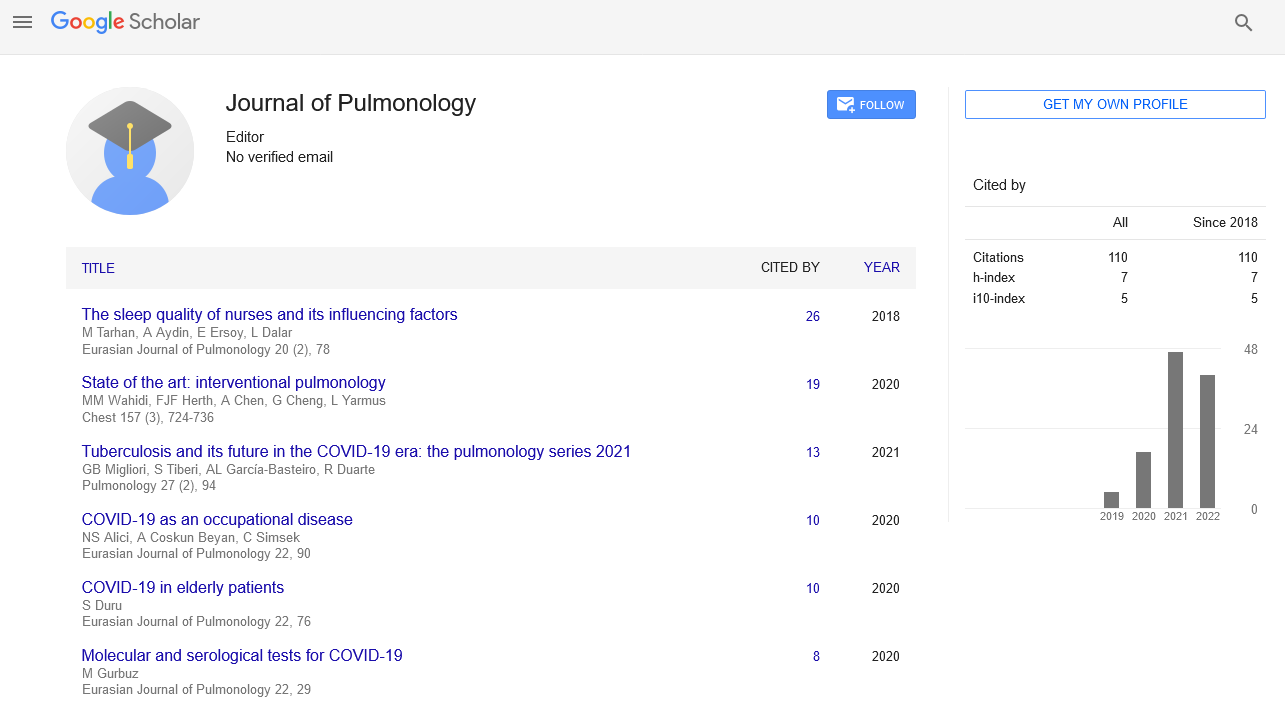
Sign up for email alert when new content gets added: Sign up
Abstract
Early diagnosis of viral pneumonia
Author(s): Vishnu Sharma MAn accurate and etiologic diagnosis of viral pneumonia is important as viral pneumonia is contagious and early initiation of antiviral therapy may reduce morbidity, mortality, and spread of infection to others. Proper history, clinical examination, and appropriate evaluation will help in early diagnosis of viral pneumonia. History of upper respiratory symptoms with a fever which precedes dry cough and rapidly progressive breathlessness by 2-5 days is typical of viral pneumonia. History of contact and outbreak in the community with seasonal changes in incidence are additional clinical clues. Pleuritic chest pain, high-grade fever, and chills are unusual. Symptoms are usually out of proportion to physical findings. Tachypnea, hypoxia, and tachycardia are predominant signs. Clinical signs of consolidation are unusual. Severe cases may have respiratory failure, multi-organ failure. A chest X-ray may be normal in early cases, may show patchy areas of unilateral or bilateral bronchopneumonia. Lobar consolidation, cavity, and pleural effusion are unusual. HRCT may show patchy, unilateral, or bilateral consolidation, ground-glass opacities or centrilobular nodules which are usually poorly defined and/or reticular shadows. Investigations in suspected viral pneumonia include viral culture, cytologic evaluation, rapid antigen detection, and gene amplification. Rapid antigen detection kits are now available which provides results within hours. Hence this is useful in the emergency department for early diagnosis. Bronchiolar lavage may be done when other investigations are inconclusive to obtain material for cytopathologic and microbiologic evaluation. Rarely lung biopsy may be needed to make a diagnosis when all the other less invasive evaluations fail to establish a definitive diagnosis. Histologic findings include diffuse alveolar damage with intra-alveolar hemorrhage, interstitial lymphocytic infiltration, interstitial edema, fibrin deposition, type 2 granular pneumocyte hyperplasia, and hyaline membrane.




